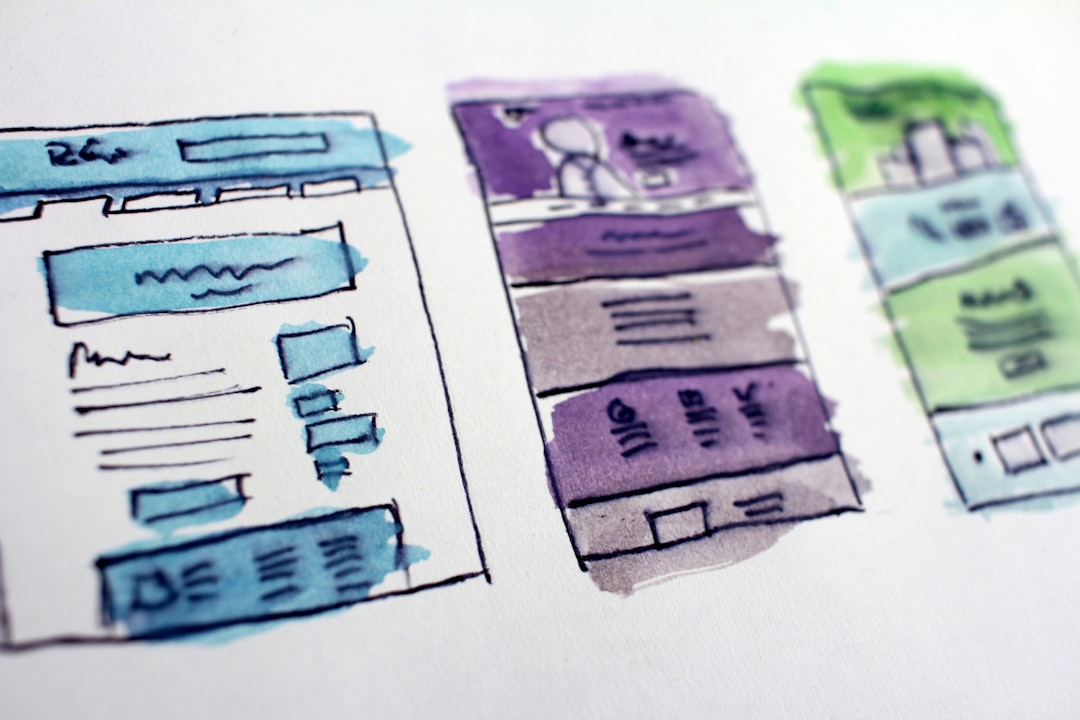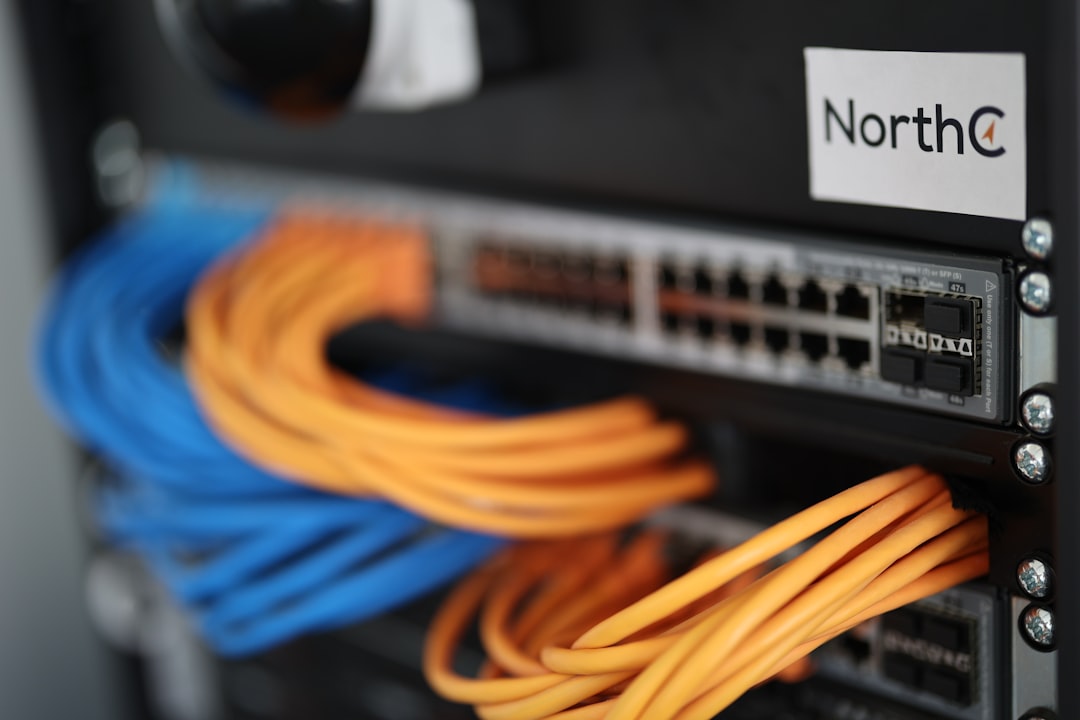Is it possible to use Jinja only in some templates in a Django project?
It is possible to use Jinja2 in some templates while keeping others using the Django default template engine in the same Django project. However, you cannot directly mix Jinja2 and Django templates within the same template file because they have different syntax and engines. Here's how you can configure your project to use both:
Configuring Jinja2 in Django
-
Install Jinja2: Ensure Jinja2 is installed in your project. You can install it using pip:
bashpip install jinja2 -
Create a Jinja2 Setup File: In your project directory, create a file named
jinja2.py. This file will configure the Jinja2 environment. -
Populate
jinja2.py: Add the following code tojinja2.pyto set up the Jinja2 environment:pythonfrom django.templatetags.static import static from django.urls import reverse from jinja2 import Environment from django.contrib.humanize.templatetags.humanize import apnumber, …















